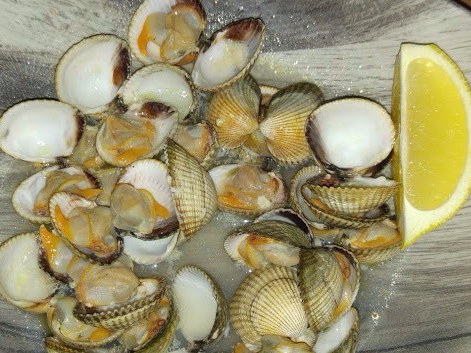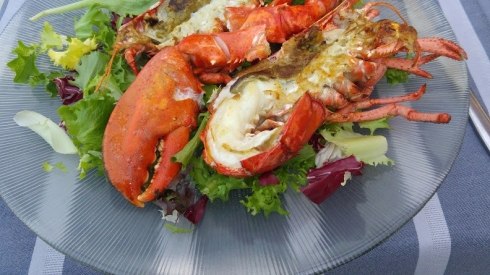Travelling requires planning, and then when things go awry, flexibility. I love living here in Altea, on the Mediterranean, in Spain, but I also want to continue my life-long love of travelling to new places.
To that end, I have been looking to explore nearby destinations, and places further afield in Spain and beyond. However, from where I live, it is often not easily accessible to other areas of Spain, and beyond. The local tram, now over 100 years old, is a major way to travel from Altea to the north to Denia and to the south to Alicante, and destinations in between. It is about an hour by tram from Altea to Denia and two hours south to Alicante. However, the tram has been undergoing upgrades, and so now only runs to Calpe, three stops north of Altea, and then you need to transfer to a bus which substitutes for the tram. I was going to Javea, (aka Xàbia) a little less than an hour north of Altea. While dogs are allowed on the tram, when I went to the local tram station and asked if I could take my dog on the bus, (since it was a substitute for the tram), she called to ask her superiors. She told me it was not allowed.
So I had already made Pepper, (aka Pimienta) my small dog, a portable carrier/backpack incognito, by tacking on black scarfs inside on the netting, so I could “sneak” him onto bus public transport. But when I took the tram from Altea to Calpe, and tried to transfer to the bus for destinations north beyond, I was told I had to leave the backpack in the luggage hold in the bus, (which is the same as the animal transport policy for public buses in Spain.) I could not leave the dog in the soft backpack in the luggage hold.
So I had to regroup. I ended up taking a taxi to Javea, for 48 €. Originally I booked the Parador in Javea (paradors being historical buildings converted into hotels and restaurants), but the booking website incorrectly said they allowed dogs. Then I booked The Hotel Rodat, also a 4 star hotel. It was a lovely hotel which reminded me much of hotels in the Santa Barbara area of California. Unfortunately for me, the dog-friendly rooms were down many stairs, (with no disabled access nor rails for the stairs) and no ability to eat in any of the hotel restaurants with your dog; in Spain, usually there is outdoor seating where pets are welcomed. I was planning to eat at their 1 Michelin star restaurant. The room service only had a limited menu, and did not include any dishes from the Michelin-starred restaurant and very few from the more casual dining restaurant. A dog-friendly hotel where you cannot eat at any of the restaurants? No bueno.
Thus I proceeded to the L’Arenal beachside region of Javea where I enjoyed some snacks of berberechos and lobster soup at Fontana Restaurant. The outdoor covered roof with gas heaters allowed a cozy view of the beach walkway and all of its activities. Afterwards, I walked about two miles to the port to Varadero restaurant and bar where Destry Spigner, a local blues and soul singer was performing. In addition to enjoying his performance, I had a tasty snack of Spanish cheese and hams.

berberechos
After a restful night’s sleep, I enjoyed the garden area outside my room while Pepper played fetch. I then returned to Los Remos, a restaurant which had an enticing menu that I had seen the previous day, but was unable to eat at as the kitchen was closed after 4:00 p.m. until the dinner service. I am glad I returned as I had one of the best meals I have had in Spain, (bogavante azul) and superb mixed sautéed vegetables. While dining, I watched the busy beach area, with youngsters getting surf lessons (although there was hardly any surf), families walking and playing, and dogs running on the beach (which is not allowed in the summer, but tolerated in the winter.) Happy and sated with my outing, I returned to Altea via taxi, for the same 48€ that it cost me to get to Javea from Calpe.

blue lobster (bogavante azul)














